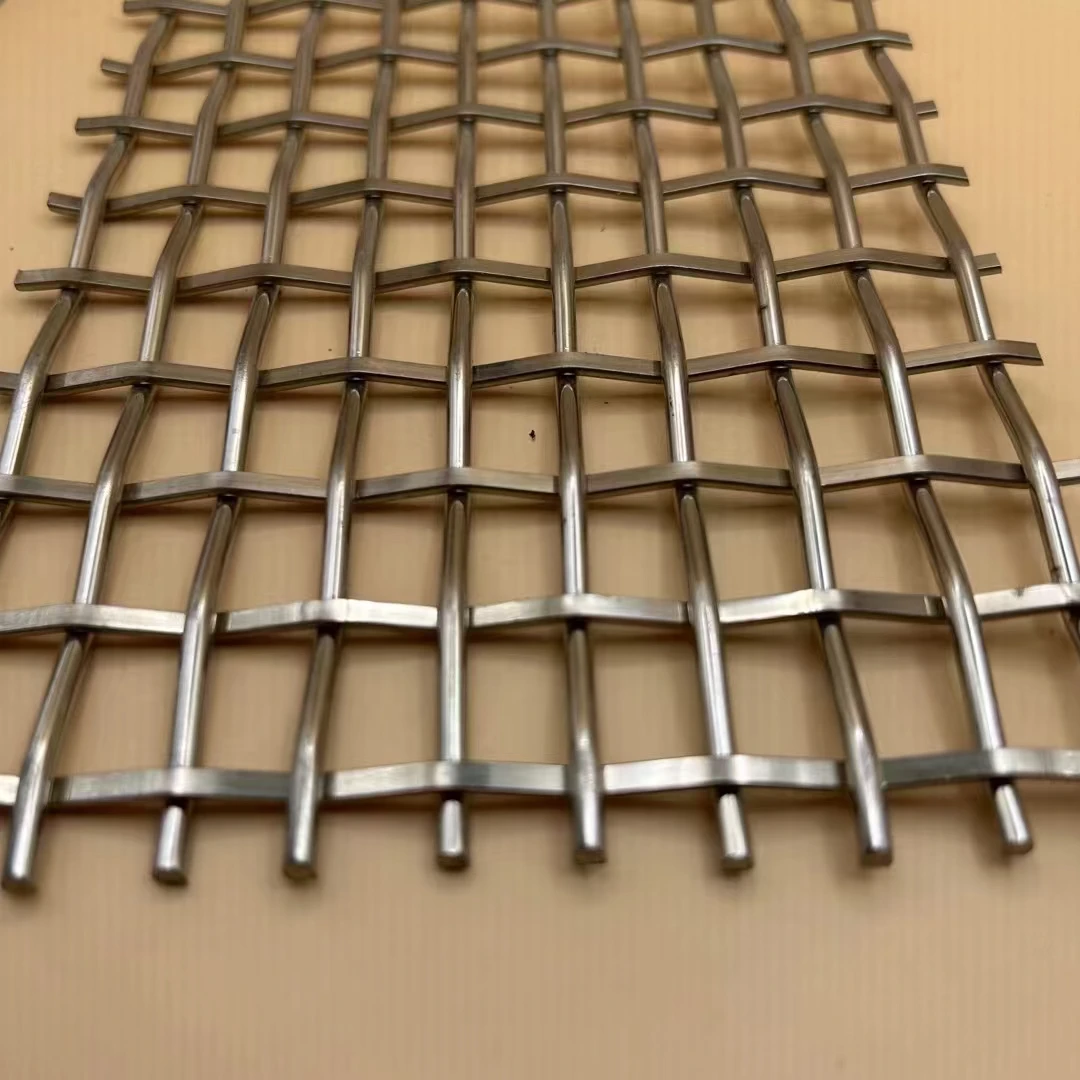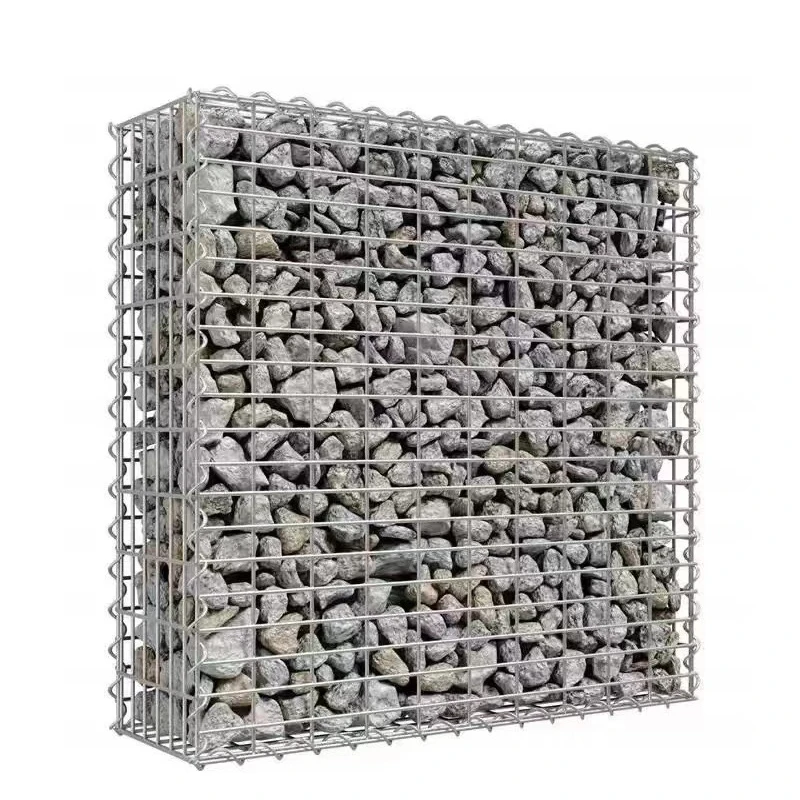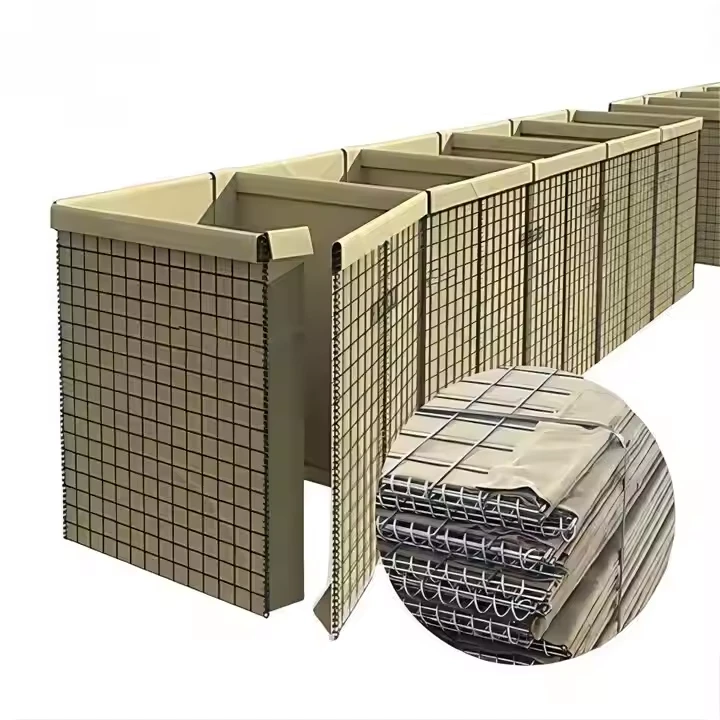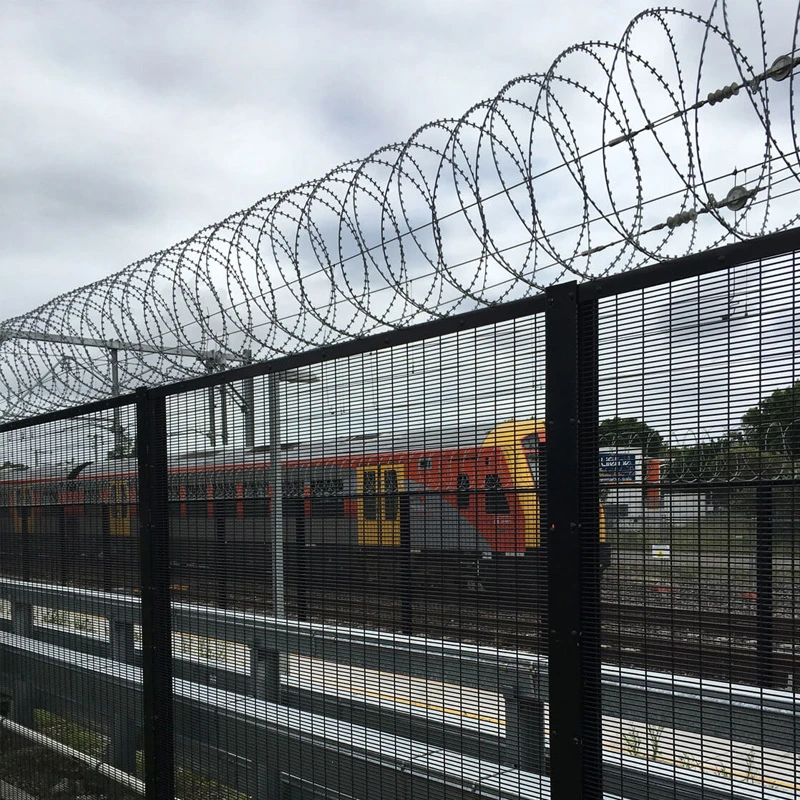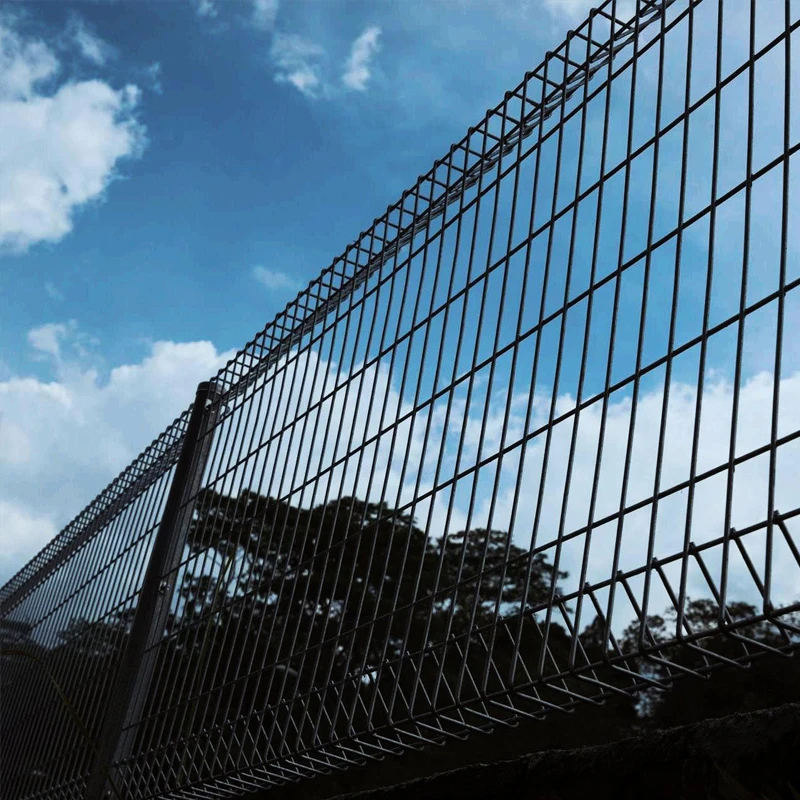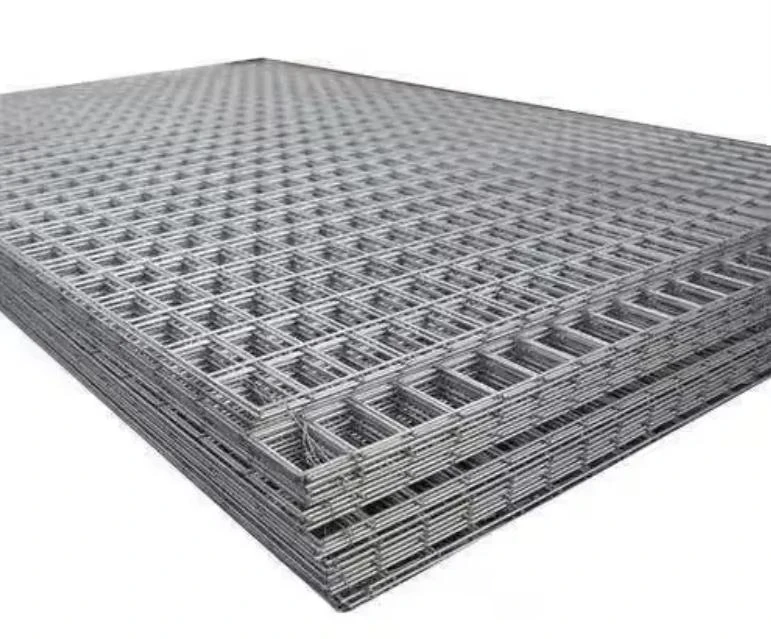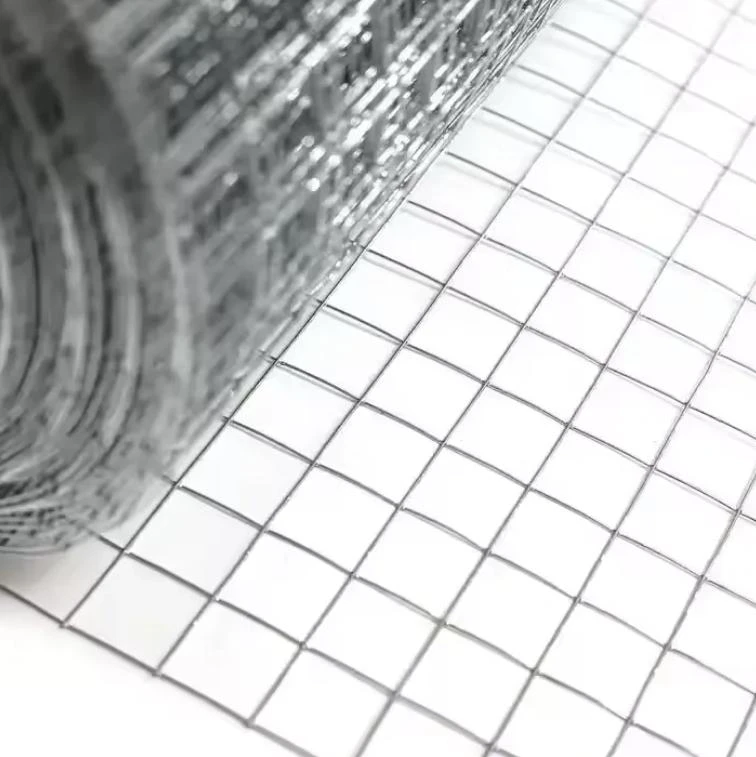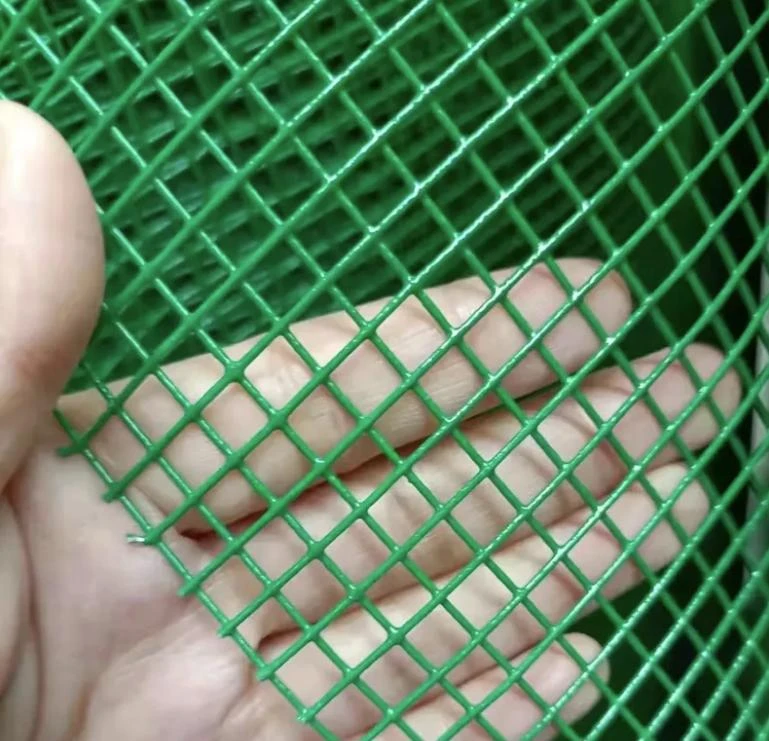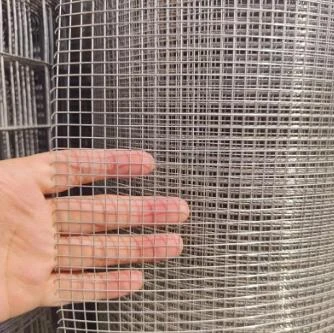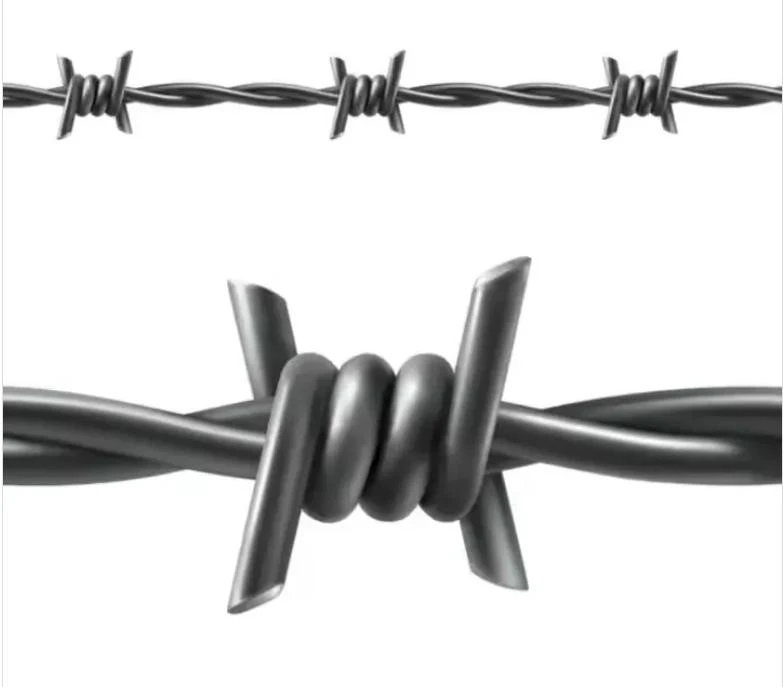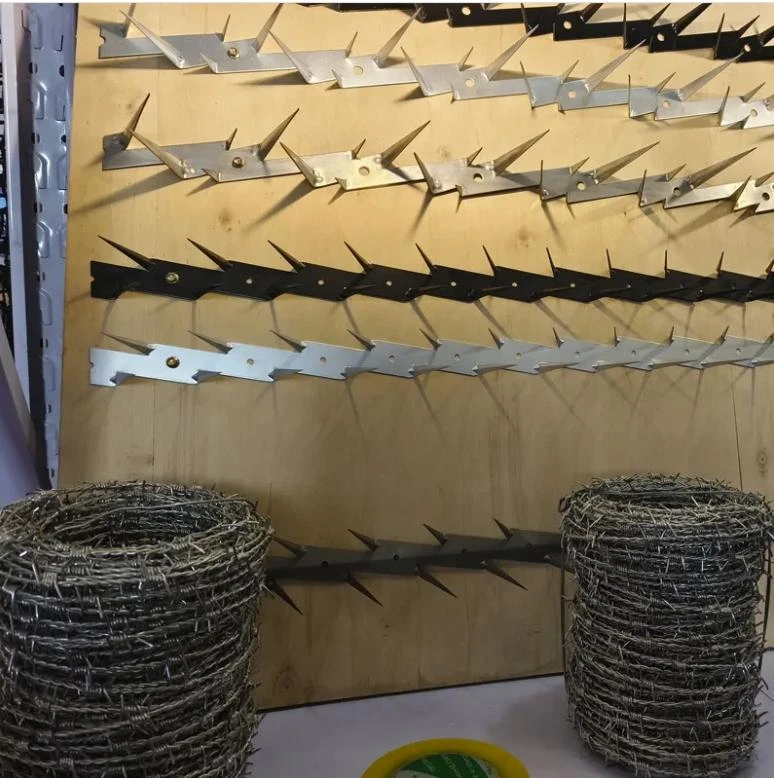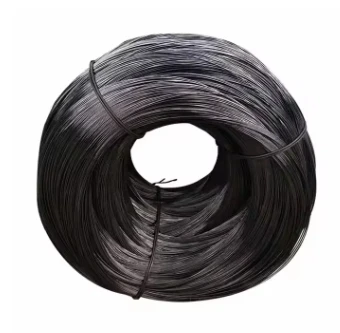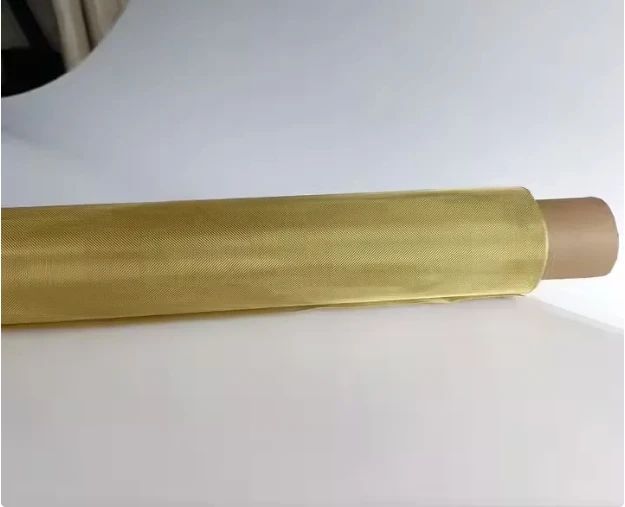Style żyletek
Style ostrzy dzielą się głównie na dwie serie:
BTO (przeszkoda z taśmy z kolcami) i CBT (taśma z kolcami harmonijkowymi).
Wśród nich można wyróżnić pięć najpopularniejszych stylów, w tym BTO-10 (ostrze krótkie), BTO-22 (ostrze średnie), BTO-30 (ostrze łezkowe), CBT-60 (ostrze haczykowe), CBT-65 (ostrze długie).
Cross Razor Wire Blade Types: BTO & CBT Series Breakdown
When it comes to security razor wire, blade design is the cornerstone of effectiveness. JINJIU’s cross razor wire lineup features two flagship series—BTO and CBT—each engineered to meet specific security needs, from high-risk prisons to commercial perimeters. Understanding their differences ensures you choose the right types of razor wire fencing for your site’s unique challenges.
The BTO series stands as the heavyweight of deterrence. BTO blades—short for “Barbed Tape Obstacle”—boast a robust design: 22mm or 30mm blade lengths, paired with a 2.5mm high-tensile steel core wire. These blades are sharpened to a 0.5mm tip radius, creating an intimidating barrier that discourages climbing or cutting. BTO-22, with its 22mm blades, is ideal for industrial yards or utility sites, where moderate security is needed. For maximum protection—think military bases or correctional facilities—BTO-30’s longer blades (30mm) and denser spacing (12 blades per meter) deliver uncompromising defense. All BTO models are available as galvanised razor wire, with a hot-dipped zinc coating (80-120g/m²) that resists corrosion in wet or coastal environments.
The CBT series, or “Concertina Barbed Tape,” prioritizes flexibility without sacrificing strength. Its blades measure 15mm to 20mm in length, with a thinner core wire (2.0mm) that allows tighter coiling—perfect for areas requiring compact storage or quick deployment, such as event perimeters or temporary construction zones. CBT-15 excels in urban settings, where its lower profile balances security with aesthetics, while CBT-20 offers enhanced deterrence for commercial properties. Like the BTO line, CBT security razor wire uses galvanised steel, ensuring durability in high-humidity regions or areas with frequent rainfall.
Both series integrate seamlessly into security razor wire fencing systems. BTO’s rigid structure pairs well with permanent fences, adding a top-tier barrier to existing walls. CBT’s coiled design works as a standalone obstacle or as a topper for chain-link fences, adapting to uneven terrain with ease. As part of JINJIU’s types of razor wire fencing, they share a commitment to safety: blades are sharp enough to deter but engineered to minimize lethal risk, complying with international safety standards.
Whether you need the brute strength of BTO or the adaptability of CBT, JINJIU’s cross razor wire blades deliver security tailored to your perimeter’s demands.
High-Security Applications: Where Cross Razor Wire Shines Brightest
In security, not all threats are equal—and cross razor wire rises to the most demanding challenges. As a pinnacle of types of razor wire fencing, its interlocking blade design and robust construction make it indispensable for sites requiring uncompromising protection. From tightly controlled facilities to critical infrastructure, JINJIU’s cross security razor wire delivers a barrier that deters, delays, and defends.
Prisons and correctional facilities rely on razor wire’s ability to prevent escapes. Its dual-strand, diamond-patterned blades (50x100mm) create a dense, impenetrable barrier, with sharp edges positioned to discourage climbing or cutting. Paired with perimeter walls, security razor wire fencing here uses galvanised razor wire for long-term resistance to corrosion, even in outdoor conditions where exposure to rain, mud, and debris is constant. The cross design’s rigidity ensures it can’t be bent or pulled apart, a critical feature in high-stakes environments.
Military bases and defense installations demand barriers that stand up to both human threats and harsh elements. Cross razor wire’s high-tensile steel core (2.5mm diameter) and hot-dipped galvanization (120g/m² coating) withstands extreme temperatures, salt spray, and intentional sabotage. Installed atop fences or along restricted zones, it integrates seamlessly with surveillance systems—its visibility acts as a psychological deterrent, while its strength ensures physical protection.
Industrial and manufacturing facilities, housing valuable equipment or sensitive materials, benefit from cross razor wire’s versatility. It adapts to irregular perimeters, whether around storage yards, loading docks, or utility areas. Unlike single-strand options, its cross structure minimizes gaps, preventing unauthorized access through undercutting or squeezing. As galvanised razor wire, it resists rust from chemical exposure or industrial runoff, maintaining integrity in factories, refineries, and power plants.
Border checkpoints and critical infrastructure (airports, water treatment plants) prioritize rapid deployment and durability. Cross razor wire’s coil design allows quick installation—unfolding to cover large areas in hours—while its welded blade connections eliminate loosening over time. When integrated into security razor wire fencing systems with alarms or motion sensors, it creates a multi-layered defense that buys time for response teams.
JINJIU’s cross razor wire isn’t just a barrier; it’s a tailored solution. Available in custom heights and blade densities, it aligns with specific security protocols, proving that in high-stakes scenarios, the right types of razor wire fencing isn’t an option—it’s a necessity.
BTO-10 (krótkie ostrze)
Drut o krótkim ostrzu BTO-10 jest najkrótszym typem ostrza, pierwotnie opracowanym do zastosowań wojskowych. Zachowuje oryginalny profil
Taśma kolczasta z drutu kolczastego jest najbardziej ekonomiczna spośród wszystkich taśm kolczastych.
 |
|
Typ ostrza
|
Grubość zadziorów
|
Długość zadzioru
|
Szerokość zadzioru
|
Odstępy między zadziorami
|
Średnica drutu rdzeniowego
|
|
BTO-10
|
0.5 ± 0.05
|
10.0 ± 1
|
13 ± 1
|
25 ± 2
|
2.5 ± 0.1
|
BTO-22 (średnie ostrze)
Drut BTO-22 o średnim ostrzu to udoskonalenie drutu o krótkim ostrzu. Jest szeroko stosowany w zastosowaniach komercyjnych i przemysłowych. Drut koncertynowy o średnim ostrzu ma ostrzejsze krawędzie z zadziorami i jest bardziej ekonomiczny. W przypadku drutu BTO-22 oferujemy również nowe style ostrzy i cienkie, cienkie style drutu rdzeniowego jako tańsze opcje.
|

|
|
Typ ostrza
|
Grubość zadziorów
|
Długość zadzioru
|
Szerokość zadzioru
|
Odstępy między zadziorami
|
Średnica drutu rdzeniowego
|
|
BTO-22
|
0.5 ± 0.05
|
22.0 ± 1
|
16 ± 1
|
35 ± 2
|
2.5 ± 0.1
|
BTO-30 (Ostrze rozrywające)
Nożyce z ostrzem drutowym BTO-30 to połączenie ostrza średniego i długiego, bardziej agresywne od ostrza średniego i bardziej ekonomiczne od ostrza długiego.
 |
|
Typ ostrza
|
Grubość zadziorów
|
Długość zadzioru
|
Szerokość zadzioru
|
Odstępy między zadziorami
|
Średnica drutu rdzeniowego
|
|
BTO-30
|
0.5 ± 0.05
|
30.0 ± 1
|
18 ± 1
|
45 ± 2
|
2.5 ± 0.1
|
CBT-60 (ostrze haczyka na ryby)
The CBT-60 Fish-hook blade wire is the metal in the middle that has gone through the most gyrations. All hooks have an eye to tie your line to, a sharp tip to pierce the fish’s mouth and a barb to hold it in place. Although there are a wide variety of innovations in point design, it’s the shank & the bend that has changed the most. This blade of protection effect is excellent and the cost is relatively high.
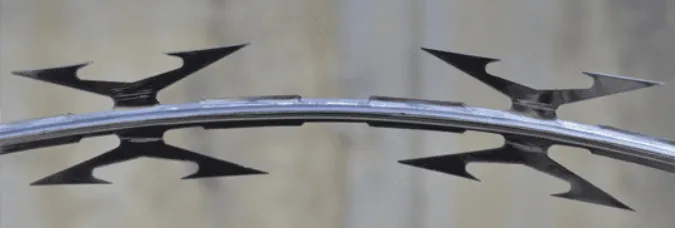 |
|
Typ ostrza
|
Grubość zadziorów
|
Długość zadzioru
|
Szerokość zadzioru
|
Odstępy między zadziorami
|
Średnica drutu rdzeniowego
|
|
CBT-60
|
0.5 ± 0.05
|
60.0 ± 2
|
31 ± 1
|
100 ± 2
|
2.5 ± 0.1
|
CBT-65 (długie ostrze)
Długie ostrze CBT-65 jest lepkim produktem, gdy jest wytwarzane z hartowanego materiału ostrza ze stali nierdzewnej. Zazwyczaj jest używane do szermierki więziennej. Brzytwy o bardzo długim ostrzu zapewniają maksymalny efekt przerażenia.
 |
|
Typ ostrza
|
Grubość zadziorów
|
Długość zadzioru
|
Szerokość zadzioru
|
Odstępy między zadziorami
|
Średnica drutu rdzeniowego
|
|
CBT-65
|
0.5 ± 0.05
|
65.0 ± 1
|
51 ± 1
|
100 ± 2
|
2.5 ± 0.1
|
Specyfikacja drutu kolczastego
| Specyfikacja drutu kolczastego |
| Numer referencyjny |
Grubość blachy stalowej |
Średnica drutu |
Długość zadzioru |
Szerokość zadzioru |
Odstępy między zadziorami |
| (BWG) |
mm |
mm |
mm |
mm |
mm |
| BTO-10 |
0.5±0.05 |
2.5±0.1 |
12±1 |
13±1 |
26±1 |
| BTO-12 |
0.5±0.05 |
2.5±0.1 |
12±1 |
15±1 |
26±1 |
| BTO-18 |
0.5±0.05 |
2.5±0.1 |
18±1 |
15±1 |
33±1 |
| BTO-22 |
0.5±0.05 |
2.5±0.1 |
22±1 |
15±1 |
34±1 |
| BTO-28 |
0.5±0.05 |
2.5±0.1 |
28±1 |
15±1 |
34±1 |
| BTO-30 |
0.5±0.05 |
2.5±0.1 |
30±1 |
18±1 |
34±1 |
| CBT-60 |
0.6±0.05 |
2.5±0.1 |
60±2 |
32±1 |
96±2 |
| CBT-65 |
0.6±0.05 |
2.5±0.1 |
65±2 |
21±1 |
100±2 |
Specyfikacja drutu kolczastego
| Specyfikacja drutu kolczastego |
| Średnica zewnętrzna pętli |
Liczba pętli |
Standardowa długość na cewkę |
Typ |
Notatki |
| 450 mm |
33 |
7-8 mln |
CBT-60.65 |
Pojedyncza cewka |
| 500 mm |
56 |
12-13 mln |
CBT-60.65 |
Pojedyncza cewka |
| 700 mm |
56 |
13-14 mln |
CBT-60.65 |
Pojedyncza cewka |
| 960 mm |
56 |
14-15 mln |
CBT-60.65 |
Pojedyncza cewka |
| 450 mm |
56 |
8-9m (3 ZACISKI) |
BTO-10.12.18.22.28.30 |
Typ krzyżowy |
| 500 mm |
56 |
9-10M (3 KLIPY) |
BTO-10.12.18.22.28.30 |
Typ krzyżowy |
| 600 mm |
56 |
10-11M (3 KLIPY) |
BTO-10.12.18.22.28.30 |
Typ krzyżowy |
| 600 mm |
56 |
8-10M (5 KLIPÓW) |
BTO-10.12.18.22.28.30 |
Typ krzyżowy |
| 700 mm |
56 |
10-12M (5 KLIPSÓW) |
BTO-10.12.18.22.28.30 |
Typ krzyżowy |
| 800 mm |
56 |
11-13M (5 KLIPÓW) |
BTO-10.12.18.22.28.30 |
Typ krzyżowy |
| 900 mm |
56 |
12-14M (5 KLIPÓW) |
BTO-10.12.18.22.28.30 |
Typ krzyżowy |
| 960 mm |
56 |
13-15M (5 KLIPÓW) |
BTO-10.12.18.22.28.30 |
Typ krzyżowy |
| 980 mm |
56 |
14-16M (5 KLIPÓW) |
BTO-10.12.18.22.28.30 |
Typ krzyżowy |
Specyfikacje pętli cewek
|
Średnica zewnętrzna
|
Liczba pętli
|
Wydłużona długość
|
Typ Bade
|
Typ cewki
|
|
300 mm
|
33
|
4–6 m
|
CBT- 60, 65
|
Pojedyncza cewka
|
|
450 mm
|
33
|
7–8 m
|
CBT- 60, 65
|
Pojedyncza cewka
|
|
500 mm
|
56
|
12–13 m
|
CBT- 60, 65
|
Pojedyncza cewka
|
|
700 mm
|
56
|
13–14 m
|
CBT- 60, 65
|
Pojedyncza cewka
|
|
960 mm
|
56
|
14–15 m
|
CBT- 60, 65
|
Pojedyncza cewka
|
|
450 mm
|
56
|
8–9 m (3 clips)
|
BTO- 10, 12, 18, 22, 28, 30
|
Typ krzyżowy
|
|
500 mm
|
56
|
9–10 m (3 clips)
|
BTO- 10, 12, 18, 22, 28, 30
|
Typ krzyżowy
|
|
600 mm
|
56
|
10–11 m (3 clips)
|
BTO- 10, 12, 18, 22, 28, 30
|
Typ krzyżowy
|
|
700 mm
|
56
|
10–12 m (5 clips)
|
BTO- 10, 12, 18, 22, 28, 30
|
Typ krzyżowy
|
|
900 mm
|
56
|
12–14 m (5 clips)
|
BTO- 10, 12, 18, 22, 28, 30
|
Typ krzyżowy
|
|
980 mm
|
56
|
14–16 m (5 clips)
|
BTO- 10, 12, 18, 22, 28, 30
|
Typ krzyżowy
|
Drut kolczasty ze stali nierdzewnej, drut kolczasty ocynkowany, drut kolczasty, drut kolczasty, taśma kolczasta
Materiał drutu kolczastego Concertina ze stali nierdzewnej
Drut kolczasty ocynkowany ogniowo
Drut kolczasty ocynkowany elektrycznie
Malowanie PCV drutem kolczastym
Stainless steel razor barbed wire
Stainles Steel Concertina Razor wire Type
Drut kolczasty Concetina
Drut kolczasty typu krzyżowego
Drut kolczasty jednocewkowy
Płaski drut kolczasty
Siatka z drutu kolczastego zgrzewana




















